[Ganghwa Nadeul-gil Course 2] Homeland Fortification Trail ([강화 나들길 제2코스] 호국돈대길)
.0M 2021-08-11
24, Cheonghadong-gil, Ganghwa-gun, Incheon
+82-32-934-1906
The Ganghwa Nadeul-gil Trails are a collection of walking paths along the coast of Ganghwa Island that connect the watchtowers and and walls of Ganghwasanseong Fortress, as well as royal tombs and other historically significant sites from the Goryeo dynasty that dot the island.
[Ganghwa Nadeul-gil Course 2] Homeland Fortification Trail
Course 2 stretches over a 17 kilometer area between Gapgotdon Watchtower and Chojijin Fort. This trail showcases the history of the island and the changes that happened before and after the opening of the port. The course follows a coastal road that is particularly beautiful in spring and fall.
Gapgotdon Watchtower (갑곶돈대)
94.2M 2021-01-18
18, Haeandong-ro 1366beon-gil, Ganghwa-gun, Incheon
+82-32-930-7077
Gapgotdon Watchtower was built to protect the Ganghwa Straits from invasion when the Goryeo Kingdom moved their capital to Ganghwado Island. The fortified area served as a highly strategic location for the Goryeo Kingdom, and had endured multiple invasions by the Mongolian troops between 1232 and 1270.
The watchtower was fortified in the Joseon dynasty by King Sukjong in 1679 and had once fallen during the French campaign against Korea in 1866. In 1977, the site was restored to its original form. The cannons exhibited at the current site were made during the Joseon dynasty to attack outside invaders from sea.
Gimpo Munsusanseong Fortress (김포 문수산성)
2.3Km 2022-12-20
Ponae-ri, Gimpo-si, Gyeonggi-do
+82-31-980-2485
Munsusanseong Fortress was built on Munsusan Mountain in 1694, during the 20th year of the reign of King Sukjong, the 19th king of the Joseon dynasty. The fortress as designed to defend Gwanghwado Island from marine invasion. At the time, the fortress had north, west, and south gates, but they were destroyed in a fire during the Byeong-in Yangyo (1866). The north gate was restoryed in 1995 and the south gate in 2002. The fortress walls span 6 kilometers in length, 4 kilometers of which remain unrestored. Surrounded by beautiful scenery, the top of the fortress commands a spectacular view spanning from North Korea to the Hangang River inlet, and from Samgaksan Mountain to the sea off Incheon in the distance. It is often referred to as the Geumgangsan Mountain of Gimpo as it boasts superb scenery throughout all four seasons. The mountain is home to Munsusa Temple, established during the reign of Silla King Jinseong.
Ganghwa Seonwonsa Temple Site (강화 선원사지)
2.7Km 2022-09-19
222, Seonwonsaji-ro, Ganghwa-gun, Incheon
+82-32-933-8234
Ganghwa Seonwonsa Temple Site was first discovered in 1976 during a surface examination around Ganghwado Island undertaken by the Ganghwado Island Academic Research Team of Dongguk University. The site was designated as Historic Site No. 259 in 1977. Seonwonsa Temple was built by General Choi Wu in 1245 (the 32nd year of King Gojong’s reign during the Goryeo dynasty), which was right after the transfer of the capital to Ganghwado during resistance against the Mongolian invasion.
The temple was meant to be a spiritual mainstay in fighting against Mongolia. It used to be one of the two largest temples in Korea along with Songgwangsa Temple. However, the temple was completely destroyed during the early Joseon era, leaving only the site itself. The famous wood blocks of Palman Daejanggyeong (the Tripitaka Koreana), currently housed in Haeinsa Temple at Hapcheon, are said to have been originally stored in Seonwonsa Temple. It is believed that the carved wood blocks were taken from Seonwonsa to Heungcheonsa Temple during the Joseon era and again moved to Haeinsa Temple during the reign of Sejo.
Located on a mountain slope, the presumed location of the building site extends 250 meters from south to north and 170 meters from east to west.
Ganghwado Island (강화도)
2.9Km 2023-03-24
Ganghwa-daero, Ganghwa-gun, Incheon
+82-32-934-7500
Ganghwado Island, off the west coast, is the fifth largest island in Korea. The island was connected to the mainland in 1970 with the construction of the Ganghwagyo Bridge. Another larger bridge, Ganghwadaegyo Bridge, was built in 1997, making it easier than ever to travel to Ganghwado Island from Seoul and Incheon areas. The island is home to Chamseongdan Altar on top of Manisan Mountain on the southern coast. This is said to be where Dangun Wanggeom offered sacrificial rites to the heavens. Another important item of note on Ganghwado Island is the collection of stone dolmens, a UNESCO-recognized world heritage.
Ganghwado Island has many famous local products, including the medicinally effective Ganghwa ginseng and hwamunseok, a mat woven with flower patterns. Hwamunseok is famous also as a representative traditional Korean product for its intricate handwork and designs.
Maeheon 1935 (매헌1935)
3.0Km 2025-10-23
25 Sinmun-gil, Ganghwa-eup, Ganghwa-gun, Incheon
Maeheon 1935 is a restaurant in Gangwha-gun, Incheon that serves Korean dishes. The restaurant uses a renovated hanok built in 1935, and has a garden that blooms with plum blossoms. It is also located to many representative attractions of Ganghwa. The restaurant is characterized by serving a neat Korean food table for each person. Its representative menu items consist of bibimbap, hanu yukjeon (beef pancake), beef bulgogi, and more, made with fresh local ingredients that are produced in Ganghwa.
Shin Arirang (신아리랑)
3.1Km 2024-02-26
4-3 Ganghwa-daero 409beon-gil, Ganghwa-eup, Ganghwa-gun, Incheon
Shin Arirang is a restaurant specializing in jeotguk galbi (salted shrimp and galbi soup), a local food from Ganghwa-gun. Jeotguk galbi is made by boiling pork galbi, pork bones, and vegetables with salted shrimp, offering a savory and rich flavor. Conveniently located near Ganghwa-gun Office, it is easily accessible and popular among locals.
Yongheunggung Palace (용흥궁)
3.1Km 2022-07-27
16-1, Dongmunan-gil 21beon-gil, Ganghwa-gun, Incheon
+82-32-930-3515
Yongheunggung Palace is where King Cheoljong (r. 1849-1863) used to live before his ascension to throne. The chief of Ganghwa County, Jeong Gi-se, enlarged the original residence and named it Yongheunggung (meaning palace of the rising dragon) in the 4th year of King Cheoljong’s reign. Its architectural features include a paljak (traditional Korean half-hipped roof) and supporting columns rendered in Jusimpo style, the column brackets placed only on top of the columns. The palace was built in the tradition of dwelling houses such as the Yeongyeongdang and Nakseonjae houses in Changdeokgung Palace, so the palace buildings give off a simple and plain atmosphere. Within the precincts of the palace are a memorial stone and a monument house indicating that the palace used to be the old home of King Cheoljong.
[Ganghwa Nadeul-gil Course 8] Bird Watching Trail ([강화 나들길 제8코스] 철새 보러 가는 길)
3.3Km 2022-11-11
24, Cheonghadong-gil, Ganghwa-gun, Incheon
+82-32-934-1906
The Ganghwa Nadeul-gil Trails are a collection of walking paths along the coast of Ganghwa Island that connect the watchtowers and and walls of Ganghwasanseong Fortress, as well as royal tombs and other historically significant sites from the Goryeo dynasty that dot the island.
[Ganghwa Nadeul-gil Course 8] Bird Watching Trail
Course 8 stretches over a 17.2 kilometer area between Chojijin Fort and Bunoridondae Fortification. Set along the southern coast of Ganghwado Island, this trail showcases the island's natural beauty and history. It is especially popular in summer when the cool ocean breeze blows and in winter when the migratory birds settle in the mud flats.
[Ganghwa Nadeul-gil Course 7] Setting Sun Trail ([강화 나들길 제7코스] 낙조보러 가는 길)
3.3Km 2022-12-29
24, Cheonghadong-gil, Ganghwa-gun, Incheon
+82-32-934-1906
The Ganghwa Nadeul-gil Trails are a collection of walking paths along the coast of Ganghwa Island that connect the watchtowers and and walls of Ganghwasanseong Fortress, as well as royal tombs and other historically significant sites from the Goryeo dynasty that dot the island.
[Ganghwa Nadeul-gil Course 7] Setting Sun Trail
Course 7 stretches over a 20.8-kilometer-long loop from Hwado Parking Lot to Mud Flat Research Center and back. The trail leads through a tunnel of green leaves before opening out onto the mud flat. The mud flat is one of the world's top five mud flats and presents a beautiful view of the ocean and mountains. Bird-watchers will love the chance to see migratory birds fly through each winter.
![[Ganghwa Nadeul-gil Course 2] Homeland Fortification Trail ([강화 나들길 제2코스] 호국돈대길)](http://tong.visitkorea.or.kr/cms/resource/05/1895205_image2_1.jpg)
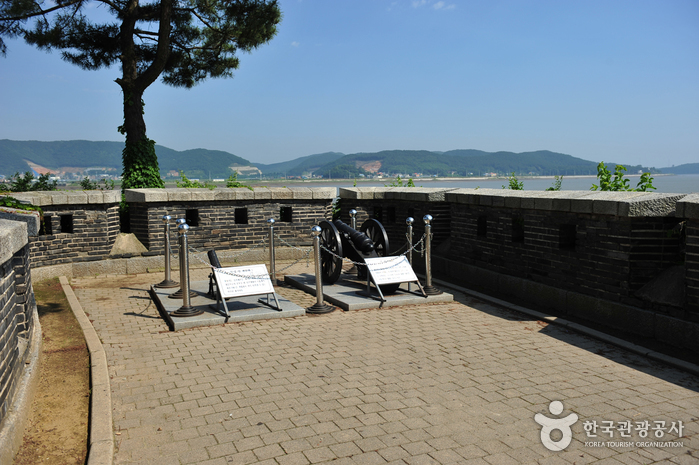

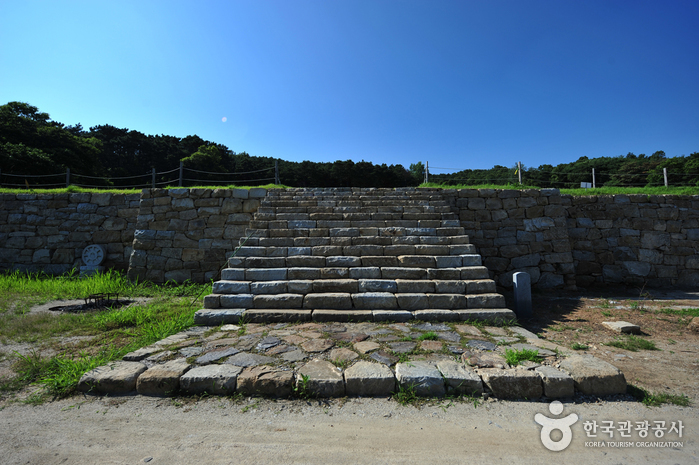
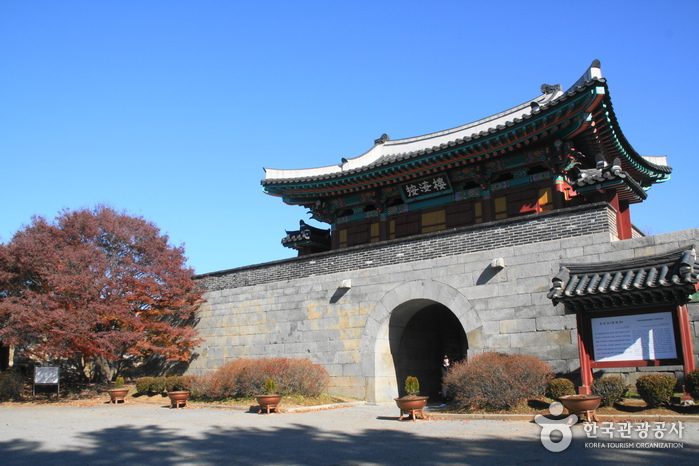
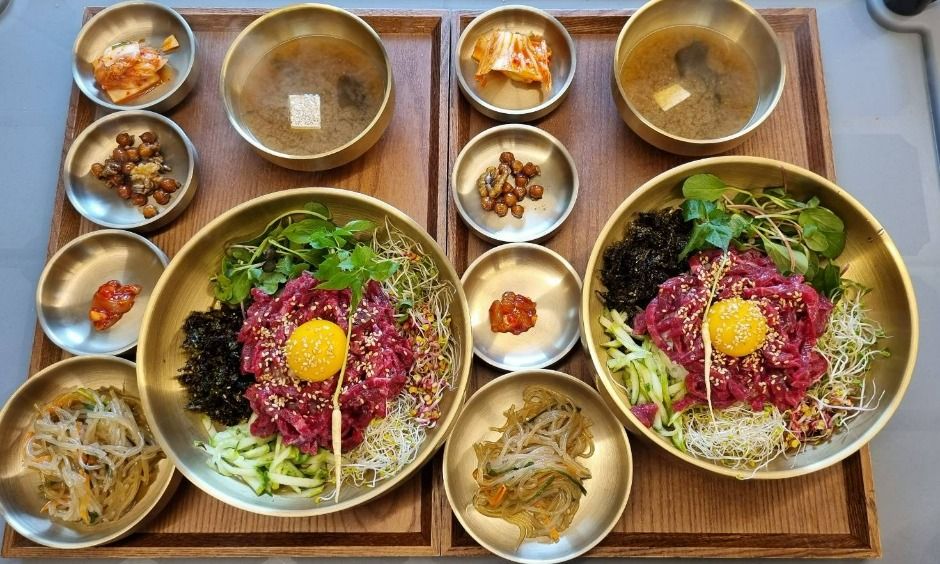
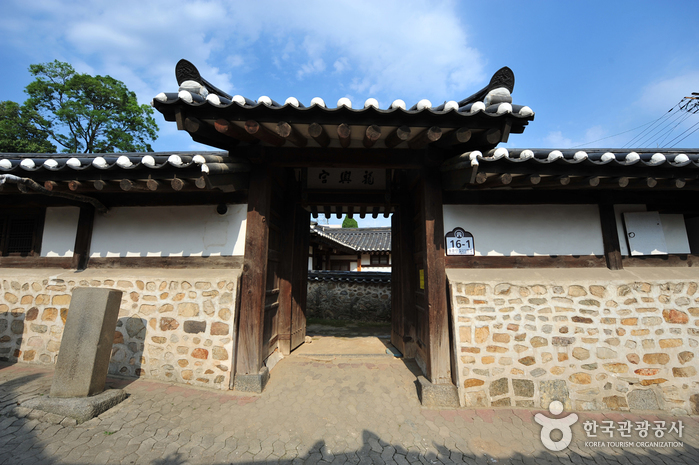
![[Ganghwa Nadeul-gil Course 8] Bird Watching Trail ([강화 나들길 제8코스] 철새 보러 가는 길)](http://tong.visitkorea.or.kr/cms/resource/32/1895232_image2_1.jpg)
![[Ganghwa Nadeul-gil Course 7] Setting Sun Trail ([강화 나들길 제7코스] 낙조보러 가는 길)](http://tong.visitkorea.or.kr/cms/resource/22/1895222_image2_1.jpg)
 English
English
 한국어
한국어 日本語
日本語 中文(简体)
中文(简体) Deutsch
Deutsch Français
Français Español
Español Русский
Русский